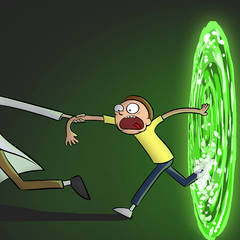Video Settings
-
Featured Topics
-
Topics
-
0
-
OishiYasai ·
Posted in Displays0 -
invalid-user ·
Posted in Troubleshooting2 -
0
-
18
-
NukoTi ·
Posted in Troubleshooting1 -
Bear_99 ·
Posted in New Builds and Planning3 -
3
-
1
-
7
-
-
play_circle_filled

Latest From Tech Quickie:
Ethernet Is Named After Something Really Dumb (and other tech stories)















Create an account or sign in to comment
You need to be a member in order to leave a comment
Create an account
Sign up for a new account in our community. It's easy!
Register a new accountSign in
Already have an account? Sign in here.
Sign In Now